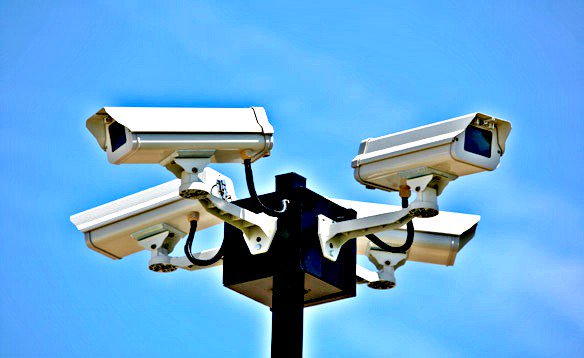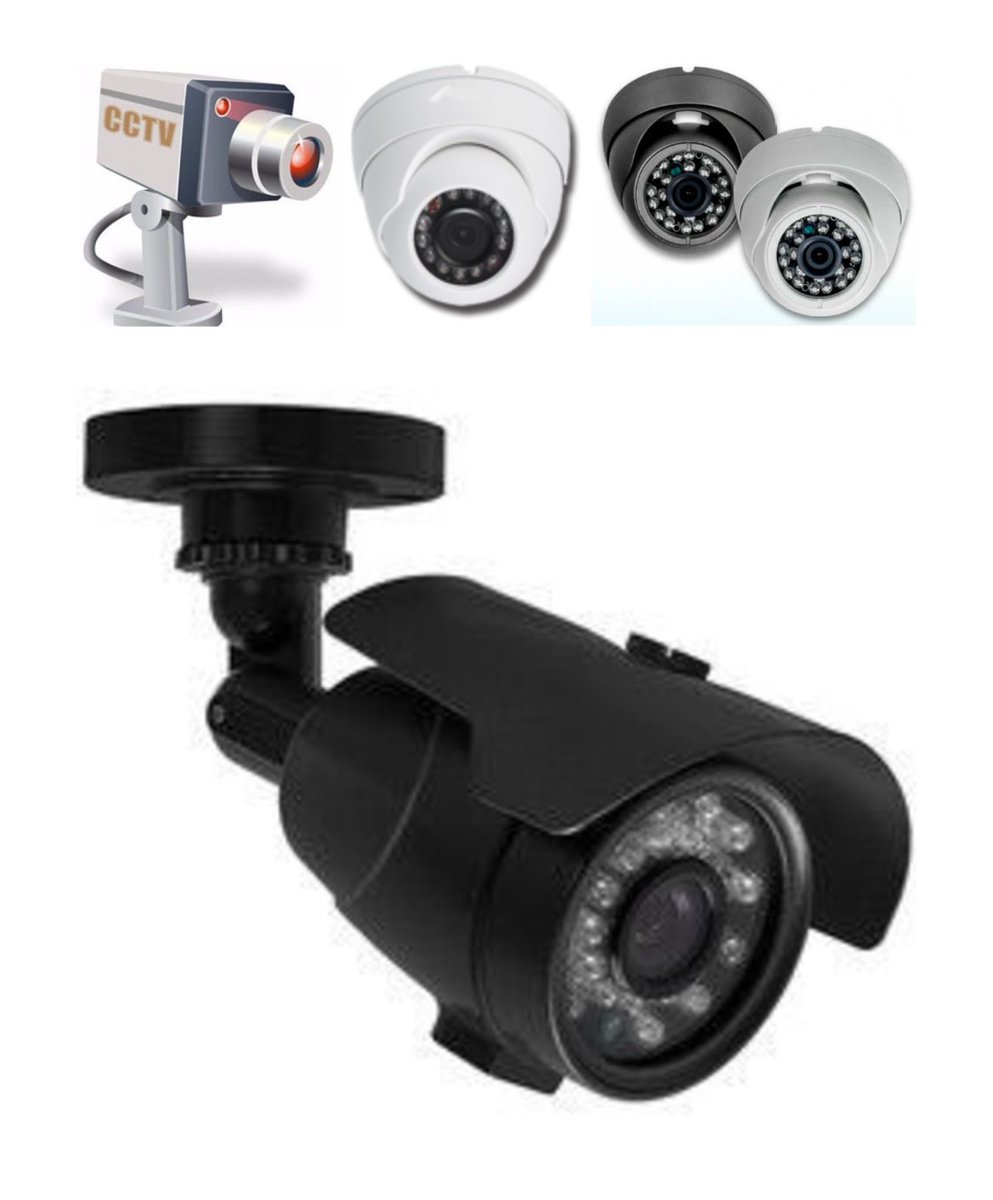■
Important notions in the choice of IP cameras
We offer different types of IP security cameras that can best meet the different needs of customers. As we know, the characteristics and functions of the cameras vary according to the type of camera. Here are the most common types of security cameras and their differences

- Wi-Fi / Wireless IP Camera: Wireless data communication, simple installation, no wiring.
- IP camera transmits video / images over the network, suitable for those who wish to monitor a location while away.
- Infrared day / night cameras - Outdoor surveillance, can see clearly even if it works in variable light conditions, perfect for 24/7 surveillance
- Bullet Camera - Long distance outdoor video surveillance
- Dome camera: Discreet and internal surveillance with a wide viewing angle
-
PTZ dome camera: Video surveillance of large areas. face identification, license plate number and other applications that require detailed images.
What happens if the IP camera system has a power outage?
With the intention of reducing costs, many video surveillance systems are installed without using the UPS. Once the system suffers a power outage, the whole system will not function. At the commercial video surveillance system, we recommend users to use UPS as a backup. With a UPS Backup UPS, if a power outage occurs, the security cameras will continue to operate.

Do I have to use PoE or WI-FI technology for ip cameras?
Choosing PoE or Wi-Fi wireless or other technologies depends on the use that must be made of the system. For internal video surveillance, Wi-Fi video surveillance systems may be suitable in most cases. However as the Wi-Fi coverage is limited to 20-30 meters especially in places where there are many obstacles such as walls and metal beams.
Related Post: How to install external cameras?
For external video surveillance over long distances the best choice is PoE Power on Ethernet. The maximum connection distance that can be reached with the PoE system without renewing the signal is 90 meters.
What factors determine the performance of the IP camera?
There are many variables when we find ourselves choosing the security cameras for our video surveillance systems, here is a list where the factors are indicated to determine the choice of cameras:
- Objective: The objective of the IP camera determines how much it can display in width and width. For video surveillance cameras in Chicago with a wide viewing angle, a 2.8mm / 3.6mm focal length is perfect. A larger target can provide a closer view over the long distance. For example, to get a clear view of any suspicious people, you can use a 10 mm or 12 mm lens.
Related Post: The importance of a video surveillance system for your business
- Image sensor: Typically an image sensor with a higher resolution can capture videos with higher image quality. But there are two other important features that determine your camera's performance; one is the minimum illumination that tells you how much light it needs to capture the image. The lower the minimum illumination value, the higher the camera's sensitivity to light. Another factor, and WDR / HDR, is sensor-based technology to improve imaging performance.
Related Post: Outdoor surveillance camera-best outdoor cameras of 2020
- Main Processor: the image sensor converts the light into an electrical signal and is therefore processed by the ISP image signal processor. The camera's core processor, like a computer's CPU, is the camera's brain that primarily determines the camera's imaging performance. An IP camera core processor will consist of many components such as ISP image signal processing such as AGB, AWB, brightness contrast image distortion correction etc., Codec image compression according to the video compression standard for example h.264, h.265, peripheral interface (I / O to transmit data and check the objectives and any motors)
Related Post: Differences between AHD system and IP camera
- Frame Rate: also known as frame rate and frames per second FPS, is the frequency (speed) at which an imaging device produces unique consecutive images called frames. 25 fps and the video frame rate in real time in the PAL TV system
Related Post: Types of video surveillance security camera systems and expected deductions
Related Post: Types of video surveillance security camera systems and expected deductions